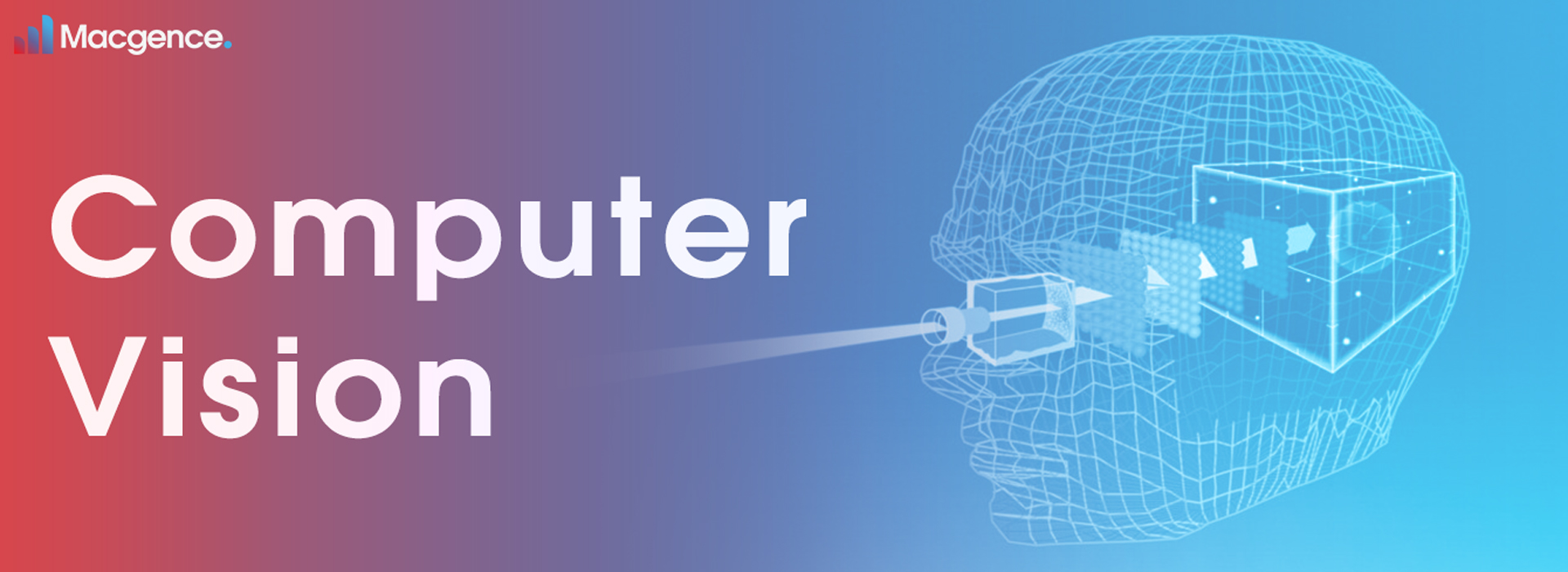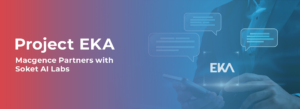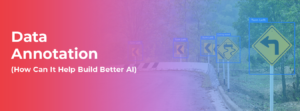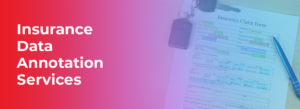Explore Computer Vision Magic: The Eyes of AI
Computer vision allows machines to interpret and understand visual inputs, giving them the power of sight. In this blog post we will explore how this artificial intelligence capability works and real-world applications across industries. Additionally, by showcasing the inner workings and wide-ranging uses of computer vision, this blog provides a comprehensive yet concise overview of this transformative technology.
Table of Contents
What is Computer Vision?

Computer Vision is a fascinating field within artificial intelligence that focuses on training computers to perceive and comprehend images and videos, much like humans do. So, This incredible technology enables machines to analyse visual data, identify patterns or objects in photos or videos and gain a deeper understanding of the world.
How does Computer Vision Work?

It allows computers to understand visual information, much like how humans perceive the world. It relies on sophisticated algorithms and models to analyse visual data captured by cameras or sensors. Thus the system preprocesses the data to enhance its quality and minimise any interference or disturbances.
Moreover, after preprocessing, these algorithms extract relevant features from the visual data, such as edges, colours, patterns, and textures.
Pattern recognition techniques compare these features with pre-existing patterns in the system’s database. Machine learning methods, including supervised learning and deep learning, enhance the system’s accuracy and adaptability.
Once trained, this system acquires the capability to perform a range of tasks, including image classification and face identification. So, The results it produces offer valuable insights about the visual elements present in the images, including object identification, multiple object location and even extracting text from images.
The different types of computer vision tasks

It involves a range of tasks that enable machines to analyse and interpret visual information. So, These tasks are essential for AI systems to comprehend and engage with the world using images and videos. Let’s explore some of the diverse tasks:
- Image Classification: Image classification involves categorising an image into predefined classes or labels. Thses system learns to recognise patterns and features associated with each category, such as identifying whether an image contains a cat or a dog.
- Object Detection: Object detection goes beyond image classification by not only identifying objects but also locating their positions within the image. This task allows the system to detect and outline multiple objects simultaneously, making it essential for applications like autonomous vehicles and surveillance systems.
- Object Tracking: Object tracking enables the system to follow and track specific objects in a video stream across frames. This capability is useful in surveillance, robotics, and sports analysis.
- Scene Understanding: Scene understanding aims to comprehend the overall context and layout of a scene and involves recognising objects, their relationships, and the scene’s spatial arrangement.
- Gesture Recognition: Gesture recognition allows the system to interpret human gestures and body language, enabling natural and intuitive interactions with computers and devices.
Applications of computer vision

It finds applications in a wide range of industries and domains, harnessing the power of visual data to enhance various processes and experiences. So, Here are some key applications of these:
- Healthcare: In the field of healthcare, It aids medical imaging tasks like X-rays, MRI, and CT scans. Also, It assists in diagnosing diseases, detecting abnormalities, and supporting medical professionals in treatment planning.
- Surveillance and Security: Surveillance systems are improved with the help of this, as it enables the detection and analysis of suspicious activities, monitoring of public spaces and identification of potential security threats.
- Textile and Fashion Industry: It aids in pattern recognition, fabric analysis, and virtual fitting rooms, streamlining the design and shopping experiences.
- Document Analysis: OCR technology in these assists in scanning and digitising documents, making them searchable and editable.
- Biometrics: Facial recognition and iris scanning are used for identity verification and security purposes.
Conclusion
In conclusion, computer vision opens a world of possibilities for AI, granting machines the gift of sight. Its ability to process visual data empowers diverse applications, from self-driving cars and healthcare imaging to surveillance systems and augmented reality experiences. Therefore, with accurate data annotation and a diverse dataset at your disposal, the magic of these can transform your projects and drive innovation in various industries. Embrace the enchantment of computer vision and witness the future it brings to the eyes of AI.
Get Started with Macgence
At Macgence, we provide solutions to help businesses and researchers get started with computer vision. Our solutions aim to support and assist them in this exciting field.
It relies on data, and that’s where we come in. Our data annotation and enhancement services make sure your models get accurate and detailed information for training. Thus it means your algorithms can better recognise patterns and objects in visual data, leading to reliable and robust applications.
Furthermore, our extensive selection of top notch images and videos offers a wide array of visual data. This enables you to effectively train your models to handle diverse real life scenarios. Overall Our aim is to simplify your journey, allowing you to concentrate on enhancing the brilliance of your projects. So, Let Macgence be your partner in exploring the magic of computer vision. Start with us today and see how our solutions can transform your applications.
Frequently Asked Questions (FAQ’S)
Q1. Is computer vision a software?
Q2. Where is computer vision used in real life?
Q3. Which tool is widely used for computer vision?
You Might Like
February 28, 2025
Project EKA – Driving the Future of AI in India
Spread the loveArtificial Intelligence (AI) has long been heralded as the driving force behind global technological revolutions. But what happens when AI isn’t tailored to the needs of its diverse users? Project EKA is answering that question in India. This groundbreaking initiative aims to redefine the AI landscape, bridging the gap between India’s cultural, linguistic, […]
March 7, 2025
What is Data Annotation? And How Can It Help Build Better AI?
Spread the loveIntroduction In the world of digitalised artificial intelligence (AI) and machine learning (ML), data is the core base of innovation. However, raw data alone is not sufficient to train accurate AI models. That’s why data annotation comes forward to resolve this. It is a fundamental process that helps machines to understand and interpret […]
March 6, 2025
Vertical AI Agents: Redefining Business Efficiency and Innovation
Spread the loveThe pace of industry activity is being altered by the evolution of AI technology. Its most recent advancement represents yet another level in Vertical AI systems. This is a cross discipline form of AI strategy that aims to improve automation in decision making and task optimization by heuristically solving all encompassing problems within […]
March 5, 2025
Use of Insurance Data Annotation Services for AI/ML Models
Spread the loveThe integration of artificial intelligence (AI) and machine learning (ML) is rapidly transforming the insurance industry. In order to build reliable AI/ML models, however, thorough data annotation is necessary. Insurance data annotation is a key step in enabling automated systems to read complex insurance documents, identify fraud, and optimize claim processing. If you […]


 Previous Blog
Previous Blog







